Table of Contents
- What are Chipotle Peppers?
- Why Choose Chipotle Peppers?
- How to Use Chipotle Peppers
- Buying Guide for Chipotle Peppers
- Cooking Tips with Chipotle Peppers
- Frequently Asked Questions
- Conclusion
What are Chipotle Peppers?
Chipotle peppers are smoked and dried jalapeño peppers known for their deep, smoky flavor and medium heat. The smoking process transforms fresh jalapeños into a versatile ingredient that adds complexity to dishes without overwhelming spiciness.
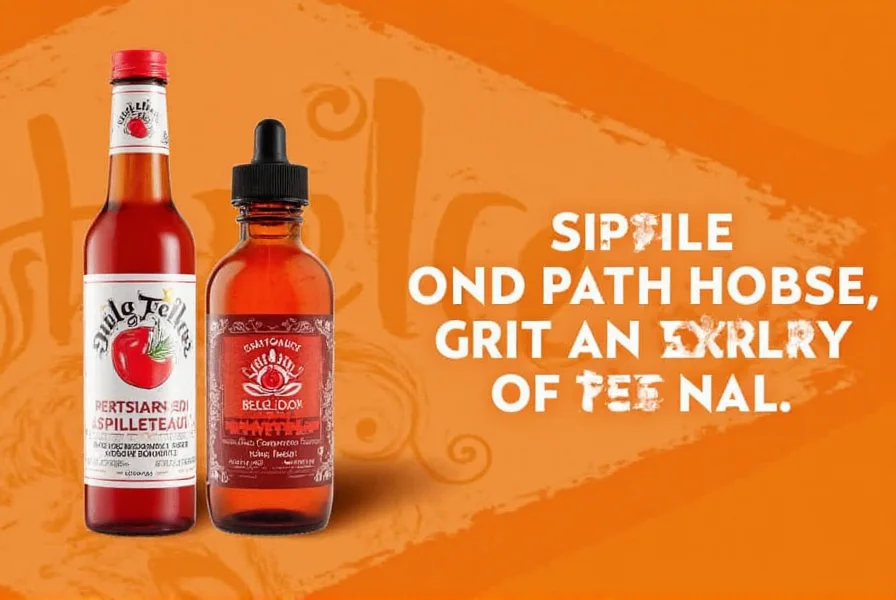
Unlike fresh jalapeños, chipotles develop rich, earthy notes through smoking and drying. They're a staple in Mexican cuisine and have become popular worldwide for their ability to elevate both traditional and modern recipes with their distinctive character.
Why Choose Chipotle Peppers?
Chipotle peppers offer unique advantages for culinary applications:
- Complex Smoky Flavor: The smoking process creates a layered taste profile that can't be replicated by fresh peppers alone.
- Balanced Heat: At 2,500-8,000 Scoville units, they provide noticeable spice without being overpowering.
- Extreme Versatility: Works in salsas, marinades, sauces, soups, rubs, and even desserts for unexpected depth.
- Nutritional Benefits: Contains capsaicin, which may support metabolism and reduce inflammation when consumed in moderation.
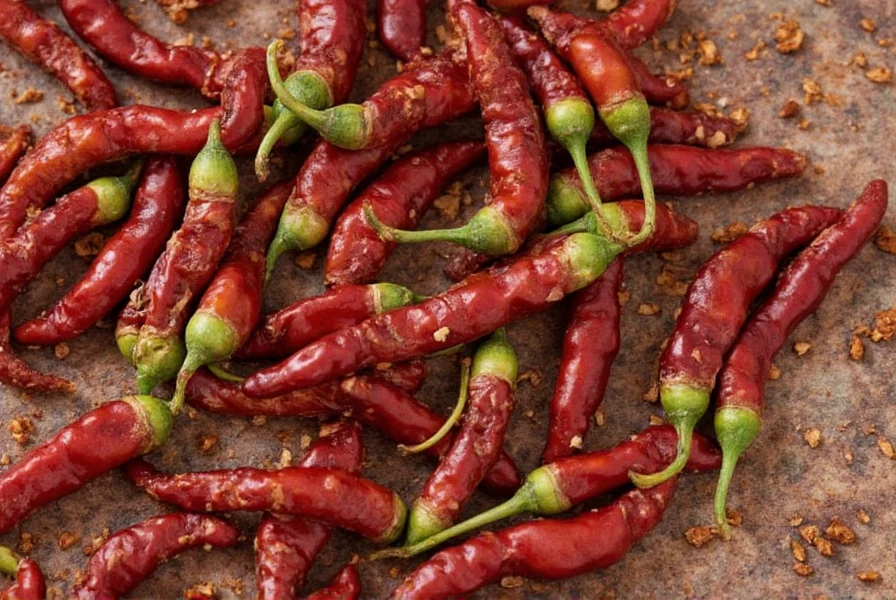
Professional chefs and home cooks alike value chipotles for their ability to transform ordinary dishes into memorable culinary experiences.
How to Use Chipotle Peppers
Mastering chipotle requires understanding its different forms and applications:
- Rehydrating Dried Chipotles: Soak in warm water for 20-30 minutes until softened before blending or chopping.
- Adobo Sauce Preparation: Blend rehydrated chipotles with tomato paste, vinegar, garlic, and spices for authentic Mexican adobo.
- Marinade Applications: Combine with olive oil, citrus juice, and herbs for tenderizing meats while adding smoky depth.
- Soup and Stew Enhancement: Add crushed chipotles to bean dishes, chili, or broths for instant flavor complexity.
- Spicy Salsa Creation: Blend with fresh tomatoes, onions, cilantro, and lime for a smoky, creamy salsa.
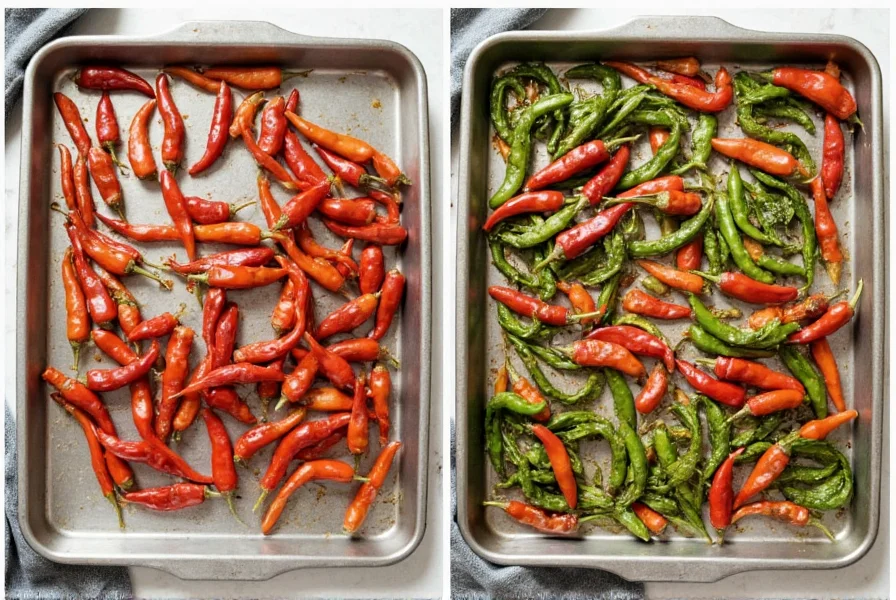
Remember: Start with small amounts and adjust to taste, as chipotle's flavor intensifies during cooking.
Buying Guide for Chipotle Peppers
Types of Chipotle Peppers
| Type | Description | Best For |
|---|---|---|
| Dried Chipotle | Whole or ground peppers sun-dried and smoked. | Homemade sauces, rubs, and seasonings. |
| Chipotle in Adobo | Canned peppers preserved in tangy tomato-based sauce. | Salsas, dips, and quick sauces. |
| Chipotle Powder | Finely ground peppers with consistent flavor distribution. | Seasoning blends, spice rubs, and dry applications. |
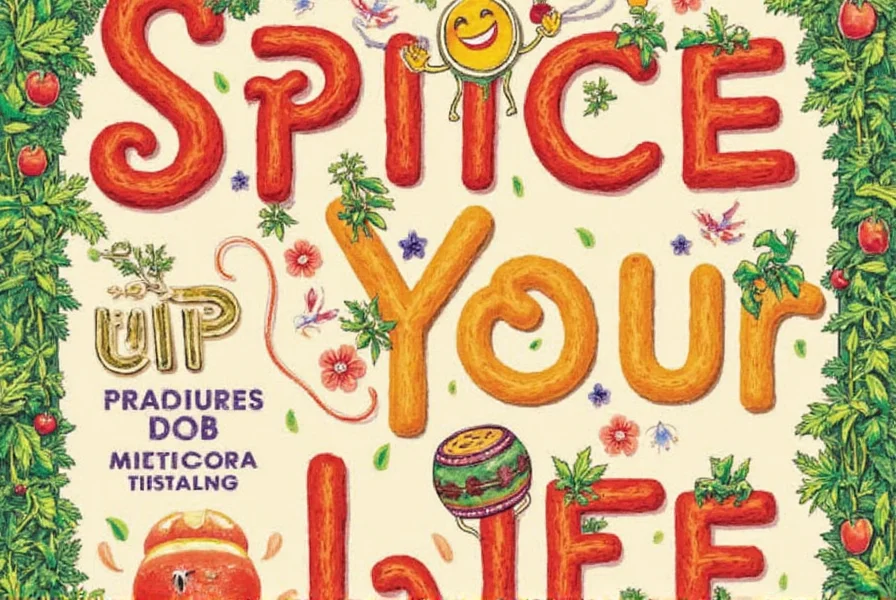
Each form serves specific culinary needs - choose based on your recipe requirements and convenience preferences.
Top Products to Consider
- La Costeña Chipotle in Adobo
- Features: Consistent texture, balanced heat, and authentic Mexican flavor profile.
- Use Cases: Salsas, dips, and quick sauces.
- Target Audience: Home cooks seeking convenience without sacrificing authenticity.
- Suitable Occasions: Casual meals, game nights, and weeknight dinners.
- MexGrocer Dried Chipotle Peppers
- Features: Premium quality, whole dried peppers with intense smokiness.
- Use Cases: Marinades, rubs, and homemade adobo sauce.
- Target Audience: Serious home cooks and culinary professionals.
- Suitable Occasions: Cooking classes, dinner parties, and special occasions.
- McCormick Chipotle Powder
- Features: Uniform consistency, reliable flavor, and easy measurement.
- Use Cases: Seasoning meats, vegetables, and grains.
- Target Audience: Busy professionals and casual cooks.
- Suitable Occasions: Quick lunches, dinners, and snacks.
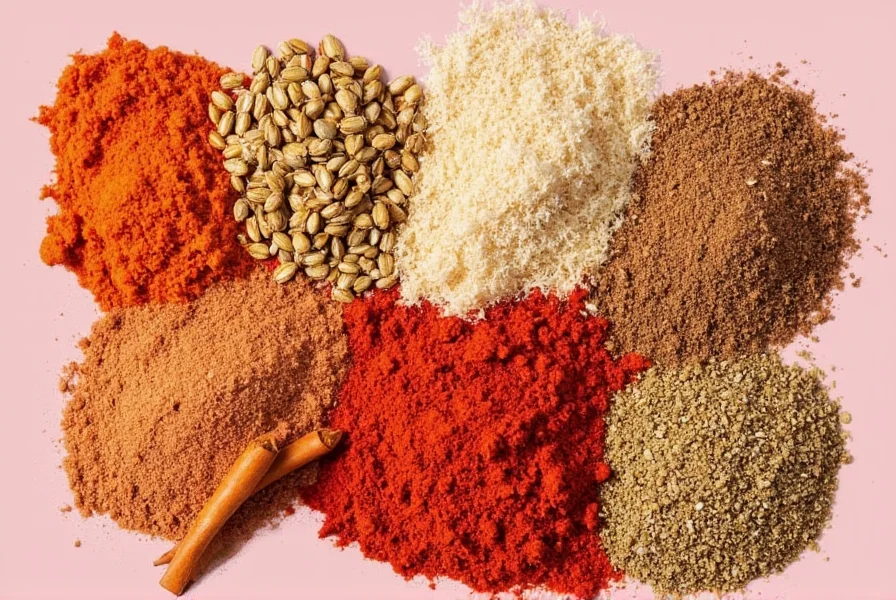
Reputable brands ensure consistent quality and authentic flavor profiles that elevate your dishes.
Cooking Tips with Chipotle Peppers
Professional techniques to maximize chipotle's potential:
- Start Small: Begin with 1/4 teaspoon of powder or 1-2 peppers in adobo, then adjust to taste.
- Balance with Dairy: Pair with sour cream, yogurt, or cheese to mellow the heat while enhancing flavor.
- Acidic Counterbalance: Add lime juice, vinegar, or tomatoes to cut through richness and brighten flavors.
- Fresh Herb Complements: Cilantro, scallions, and fresh garlic enhance chipotle's natural characteristics.
- Spice Synergy: Combine with cumin, smoked paprika, or oregano for layered complexity.

Remember: Chipotle's magic lies in its ability to complement other ingredients without dominating the dish.
Frequently Asked Questions
What's the difference between chipotle and regular jalapeño?
Chipotle peppers are smoked and dried jalapeños. While fresh jalapeños have bright, grassy heat, chipotles develop deep, smoky notes through the smoking process. Drying concentrates flavors and changes texture significantly, creating a completely different culinary experience.
How spicy are chipotle peppers on the heat scale?
Chipotle peppers typically rate between 2,500-8,000 Scoville units, placing them in the medium heat range. They're hotter than poblanos but milder than habaneros. The smoking process doesn't increase heat levels but creates a more complex perception of spiciness through added smokiness.
How should I store chipotle peppers to keep them fresh?
Dried chipotles should be stored in airtight containers in cool, dark places for 6-12 months. Chipotle in adobo requires refrigeration in glass containers after opening and stays fresh for 3 weeks. Both forms can be frozen for up to 6 months for extended storage.
Can I make my own chipotle in adobo sauce at home?
Yes! Rehydrate 5-6 dried chipotle peppers in hot water for 20 minutes. Blend with 1/2 cup tomato paste, 2 cloves garlic, 1/4 cup vinegar, 1 tsp cumin, 1/2 tsp oregano, and salt to taste. Simmer for 10 minutes to meld flavors. Store refrigerated for up to 3 weeks.
What are good substitutes if I can't find chipotle peppers?
Try these alternatives: 1) Smoked paprika + cayenne for heat; 2) Ancho chili powder + liquid smoke; 3) Guajillo peppers with smoked salt; 4) Smoked jalapeños. While not perfect substitutes, they can approximate chipotle's signature profile.
How can I reduce the heat if I've added too much chipotle to a dish?
Remedies include: 1) Add dairy (yogurt, sour cream, cheese); 2) Stir in acid (lime juice, vinegar); 3) Add sweetness (honey, sugar); 4) Increase other ingredients to dilute heat; 5) Serve with starchy sides (rice, potatoes) that absorb spice.
Conclusion
Chipotle peppers are more than just a spicy ingredient - they're a flavor powerhouse that brings smokiness, depth, and complexity to any dish. From traditional Mexican cuisine to modern fusion recipes, chipotles offer culinary versatility that can transform ordinary meals into extraordinary experiences.
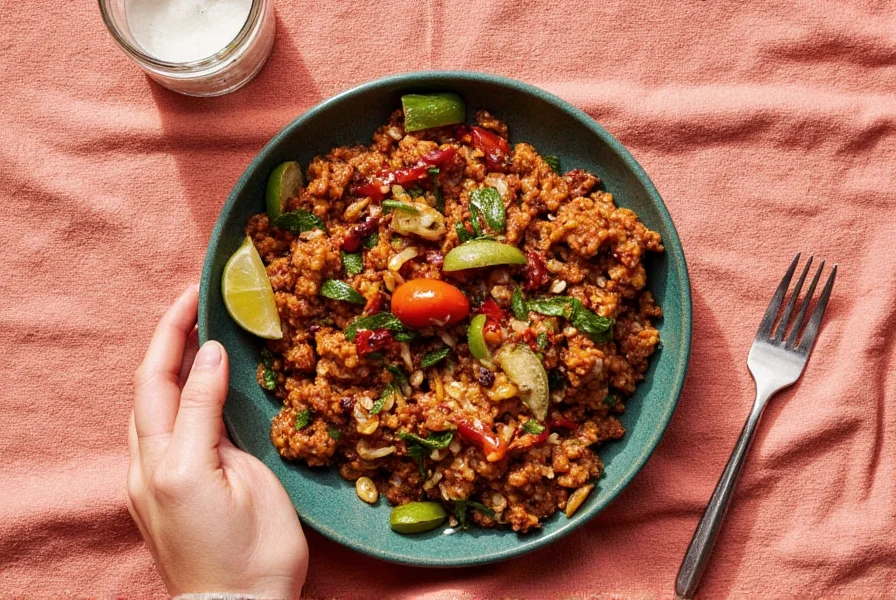
Whether you're a seasoned chef or a curious home cook, embracing chipotle's unique characteristics will expand your culinary repertoire and add exciting new dimensions to your cooking.

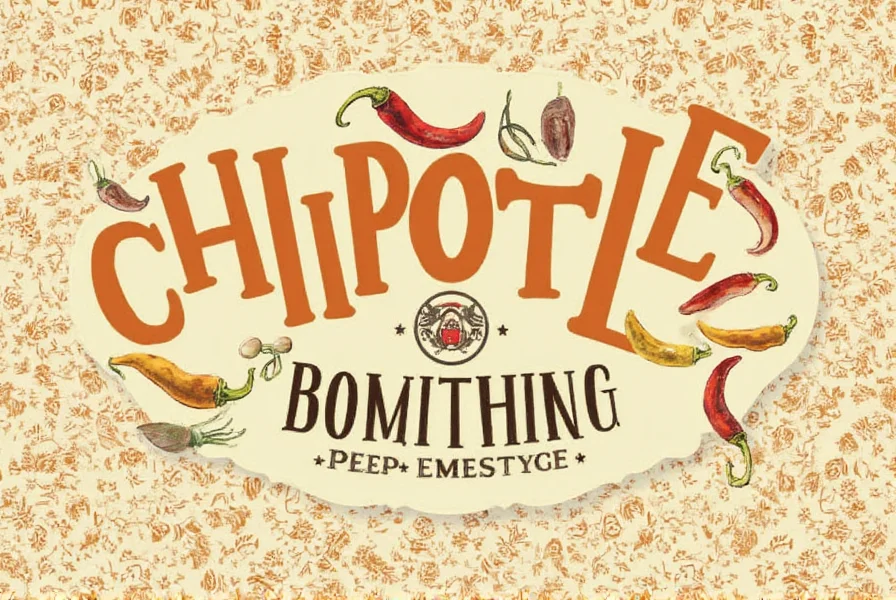









 浙公网安备
33010002000092号
浙公网安备
33010002000092号 浙B2-20120091-4
浙B2-20120091-4